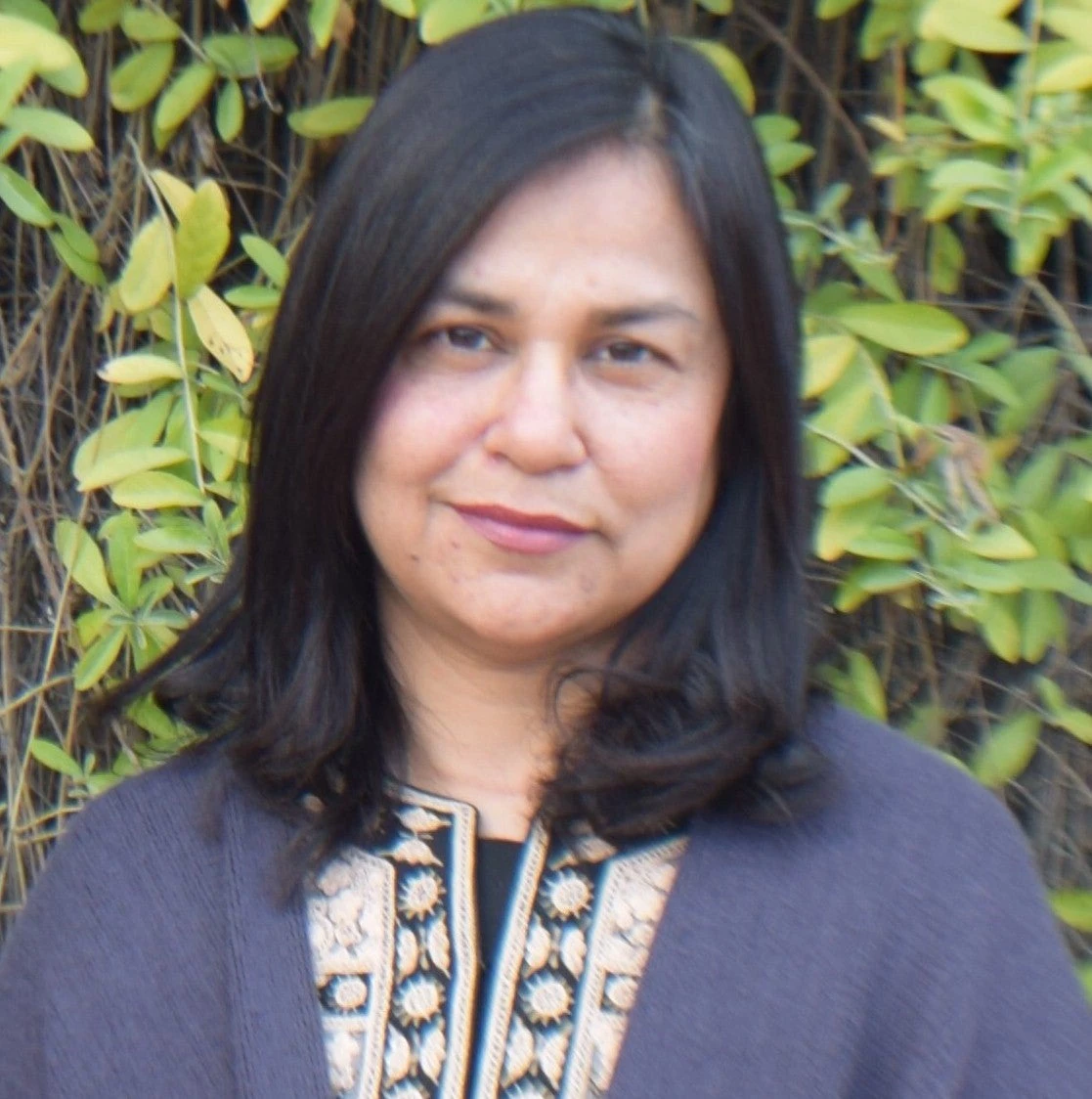 1.4 million anganwadi workers are critical for India's efforts to build its human capital
1.4 million anganwadi workers are critical for India's efforts to build its human capital
With 50 pre-school children in her care, Jyothi Parmar was always busy. As an anganwadi worker at a government health and nutrition center in a village in Madhya Pradesh, she had to monitor each child’s growth, teach them numbers and the alphabet, supervise hot lunches for the 3 to 6-year-olds, and distribute rice, pulses and jaggery for the pregnant mothers and the younger children to take home. The paper-work was endless; ten different registers had to be filled in every day.
Yet Jyothi and the 1.4 million anganwadi workers like her are critical for India’s efforts to build its human capital. For they are at the frontline of its war on undernutrition. Currently, 38.4% of India’s children under 5 are stunted and 35.7% are underweight .
To tackle this deeply-entrenched challenge, the government recently rebalanced the focus of its long-standing Integrated Child Development Services (ICDS) Scheme, in operation for the past 40 years.
The new program - the Poshan Abhiyaan or the National Nutrition Mission, launched in early 2018 - places greater emphasis on the delivery of nutrition services during the first 1,000 days of a child’s life. This period, from conception until 2 years of age, is critical for a child to grow, learn and thrive but was largely ignored earlier when the focus was placed on the 3 to 6-year-olds.
Currently, 38.4% of India’s children under 5 are stunted and 35.7% are underweight.
The program aims to reduce stunting in children below six years of age to 25% by 2022 and decrease the incidence of low birth weight among babies. It also aims to lower the rates of anaemia among adolescent girls and women.
As with the earlier effort, the program’s scale is huge – it covers every village in the country’s 36 states and union territories.
Changing age-old practices in feeding and caring for young children
Although it is too early to judge an effort of such scale and magnitude, we have reasons to be optimistic. There is a new energy in the field and the data shows signs of improvement.
Among the Poshan Abhiyaan’s most difficult task has been changing deeply ingrained beliefs and nutrition practices. The program has therefore started a mass movement that uses a variety of media and public meetings to create awareness among communities about the right way to care for and feed a child.
It emphasizes the importance of only breastfeeding until six months of age – no water to be given either during this time, with solid foods being introduced in appropriate quantities only after that. It also stresses the necessity of adolescent girls, pregnant and lactating women consuming a nutritious diet, together with the iron and folic acid they need.
The program designated September 2018 as Poshan Maah - or nutrition month - during which time its activities reached 270 million people across the country. Its messages are reinforced at village gatherings when traditional milestones are celebrated - such as the god-bharai and annaprasan ceremonies that mark a woman’s pregnancy and a baby’s first taste of solid food.
At one such meeting, M.V Rao, father of a 6-month-old daughter, proudly announced: “We now feed our child sizeable quantities of a variety of food - leafy vegetables, fruits and whatever we cook at home, while my wife continues to breastfeed.”
A further round of reinforcement and problem solving takes place when the anganwadi workers make home visits, where they often engage mothers-in-law and husbands who are mostly the decision-makers within families.
In one of the world’s largest deployments of mobile technology in the field of public health and nutrition, each anganwadi worker has been given a smartphone with preloaded apps.
Mobile phones empower frontline workers
Next, in one of the world’s largest deployments of mobile technology in the field of public health and nutrition, each anganwadi worker has been given a smartphone with preloaded apps to help them prioritize what they need to do, review the work they have done and take action where necessary. Across the country, more than 550,000 - out of the 1.4 million - anganwadi workers have been given mobile phones, with Andhra Pradesh, Bihar, Gujarat, Tamil Nadu and Maharashtra being the forerunners in this effort.
The phones have not only done away with 10 of the 11 registers that needed to be filled in every day but help convey the messages more vividly. “We can forget the spoken messages, but not the videos the anganwadi worker shows us on her phone,” said Nargis, a young mother from Madhya Pradesh.
The technology also helps officials track the program’s performance and make informed decisions . “With this system, I get a complete dataset in one place,” said an official from Madhya Pradesh. “This helps me prioritize the interventions that need to be undertaken.”
Learning in bite-sized doses
With so much hinging on the effectiveness of the anganwadi workers, their knowledge and skills are also being improved. Instead of the traditional classroom approach, the women are now taught in monthly face-to-face sessions where learning is imparted in small doses. They then return to their communities to practice what they have learnt, coming back a month later to discuss the problems they faced, until the lessons have been deeply ingrained.
“I look forward to these sessions,” said an anganwadi worker. “There are so many things I didn’t know… and getting to learn about them in such detail is excellent.” These trainings have been rolled out in 33 of India’s 36 states.
A good beginning has indeed been made. Even so, given the enormity of the challenge and the long-term nature of the effort, the program’s full impact will only be evident in the coming years.
Learning Notes:
The World Bank provides technical and financial support to the Poshan Abhiyaan, which is managed by the Ministry of Women and Child Development.




Join the Conversation